The Ultimate Guide to Data Warehouse Automation and Tools
Jet Global
APRIL 19, 2021
This puts tremendous stress on the teams managing data warehouses, and they struggle to keep up with the demand for increasingly advanced analytic requests. To gather and clean data from all internal systems and gain the business insights needed to make smarter decisions, businesses need to invest in data warehouse automation.


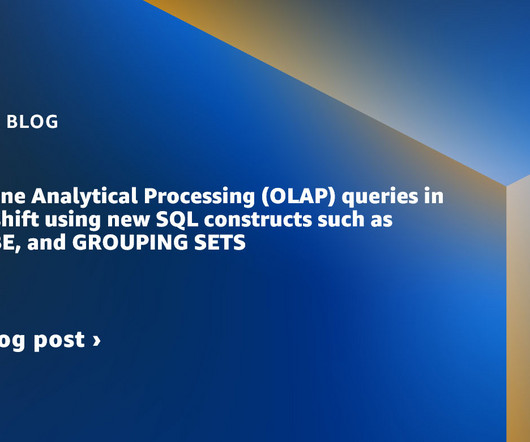
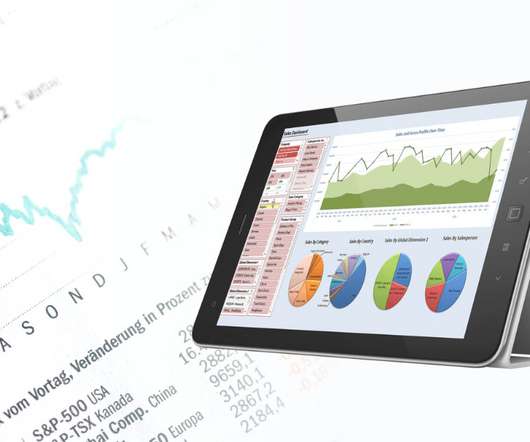
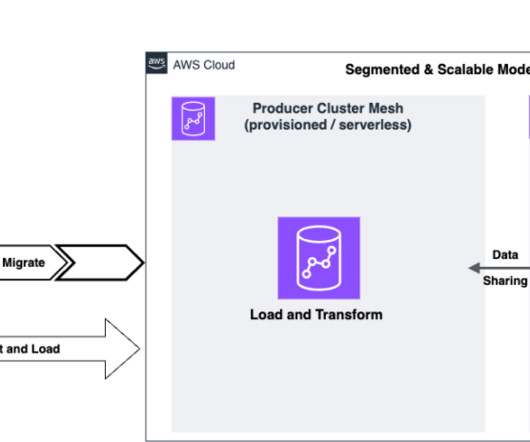

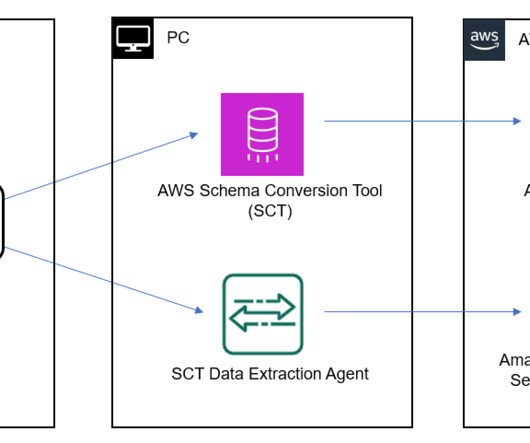
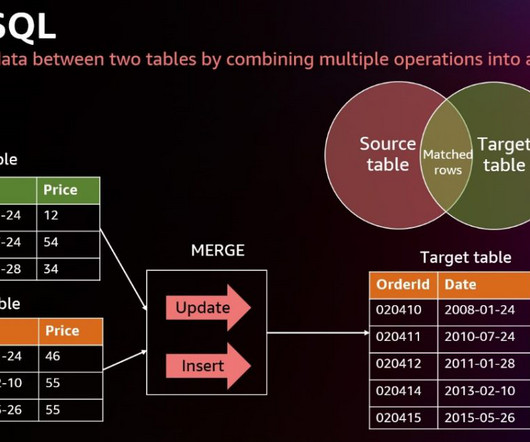


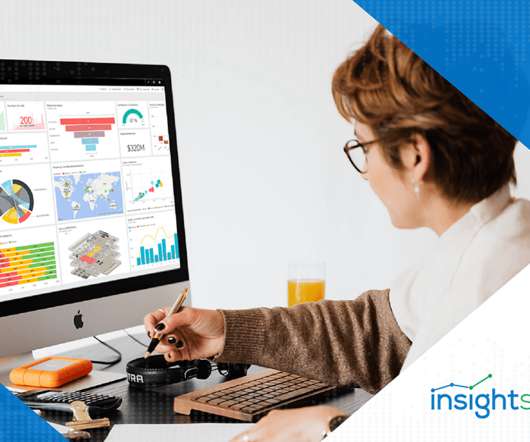













Let's personalize your content